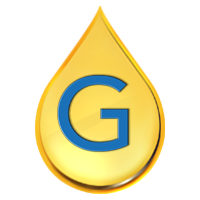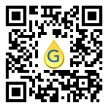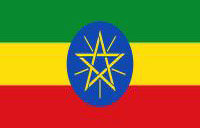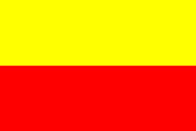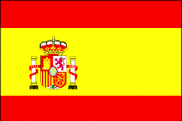
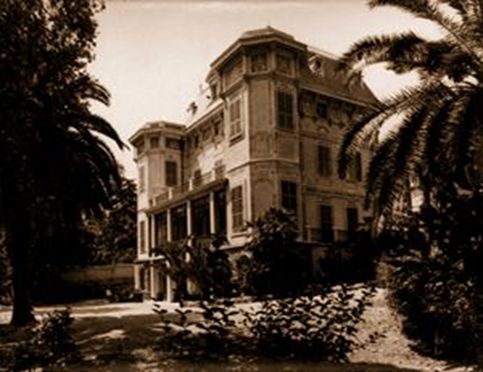
Villa Nobel in San Remo, Italy, overlooking the Mediterranean Sea. Alfred Nobel lived here during the last few years of his life. He passed away due to a lingering heart ailment and a stroke on 10 Dec 1896. By then his parents, all his siblings - two elder brothers and a younger brother - had passed away. He had not married. At the time of death, in the house, with him were only his servants who did not understand him speaking in Swedish. Photo: nobelprize.org.
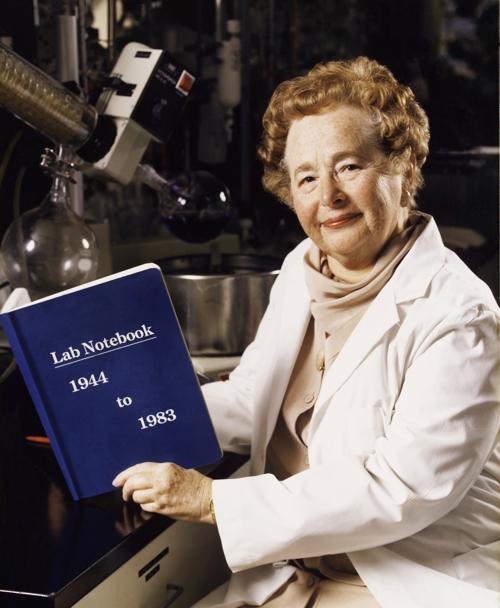
Gertrude Elion, Physiology or Medicine Nobelist 1988 Source: Wikimedia Commons.
Ganga comment: Meticulous maintenance of lab records is essential for making scientific discoveries.
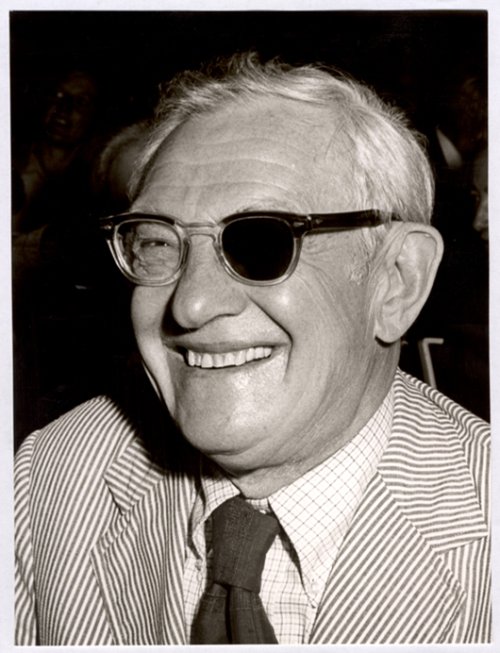
Julius Axelrod Physiology or Medicine Nobelist, 1970. Axelrod in the 1960s. Left eye injured in a laboratory accident while testing vitamin supplements added to food, particularly milk, for the New York City Department of Health's Laboratory of Industrial Hygiene, 1935-1946. Wore an eye patch for the rest of his life. Photo: National Institutes of Health, USA.
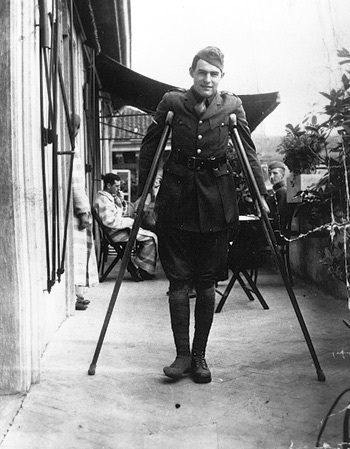
Ernest Hemingway, Literature Nobelist, 1954. American Red Cross volunteer, recuperates from wounds at ARC Hospital, Milan, Italy, Sept 1918. Source: Ernest Hemingway Photograph Collection, John F. Kennedy Presidential Library and Museum, Boston, MA. Copyright: Status Unknown.

George Marshall, Peace Nobelist 1953, savings bond.
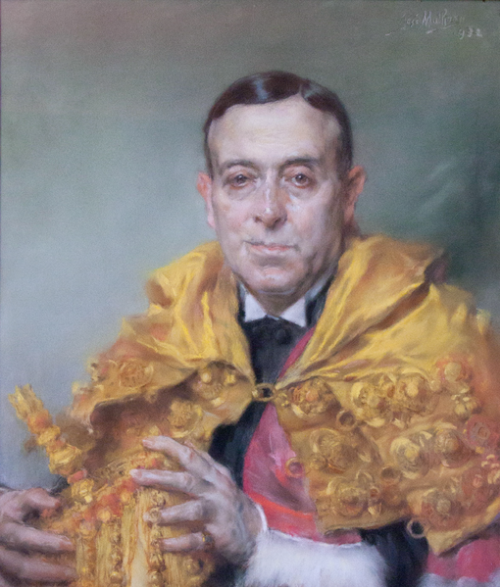
Egas Moniz Medicine Nobelist 1949. Portrait (1932) by José Malhoa. Currently in Hospital do Santa Maria, Lisbon, Portugal. Source: Wikipedia Commons.
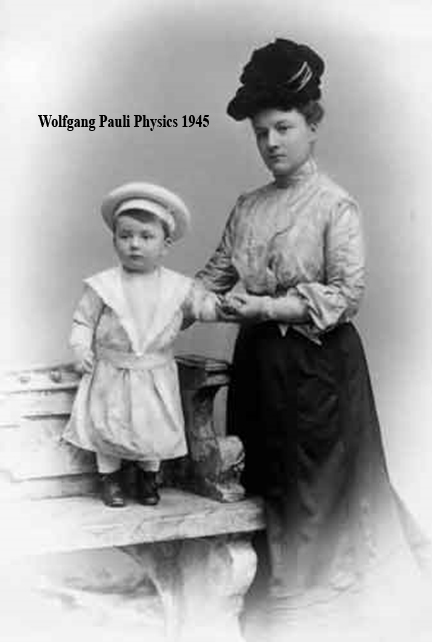
Wolfgang Pauli and his mother Berta Camilla Schutz. Even Nobelists start small! Source: Scientificlib.
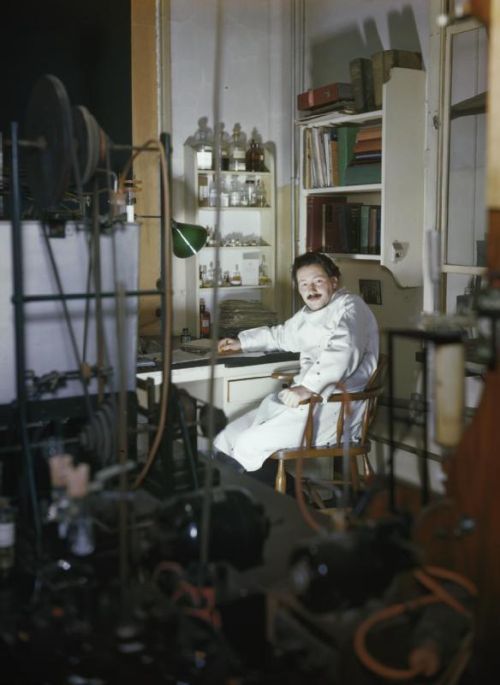
Dr. Ernst Boris Chain, Medicine Nobelist 1945, of the Sir William Dunn School of Pathology at Oxford was involved in the search for a method of producing penicillin synthetically. Photo: Ministry of Information Photo Division Photographer (photograph TR 1458 from the collections of the Imperial War Museums). Source: Wikipedia Commons.

Ernest Lawrence was awarded Physics Nobel in 1939. In the same year children Eric and Margaret Lawrence sitting inside the tank of the 60-inch cyclotron, a machine invented by their father, E.O.Lawrence. Source: Lawrence Berkeley National Laboratory.
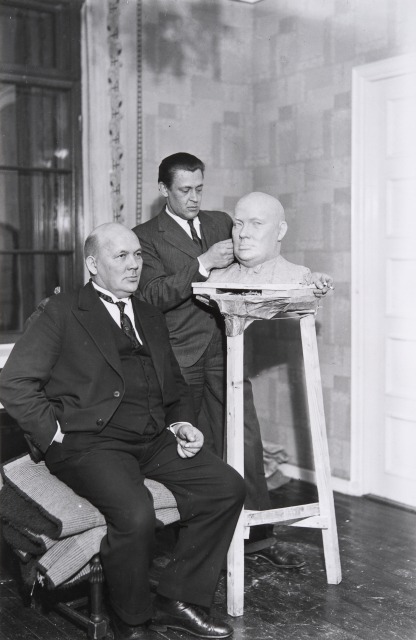
Frans Eemil Sillanpää. Literature Nobel 1939. Photograph of the Finnish sculptor Mauno Oittinen (1896-1970) working on a bust of the Finnish writer F. E. Sillanpää. 1931. Author: Pietinen. Source: Wikipedia

Arthur Compton, Physics Nobelist, 1927. He was head of the Manhattan Project's Metallurgical Laboratory. ID badge from the Hanford Site. For security reasons, he used a fake name.
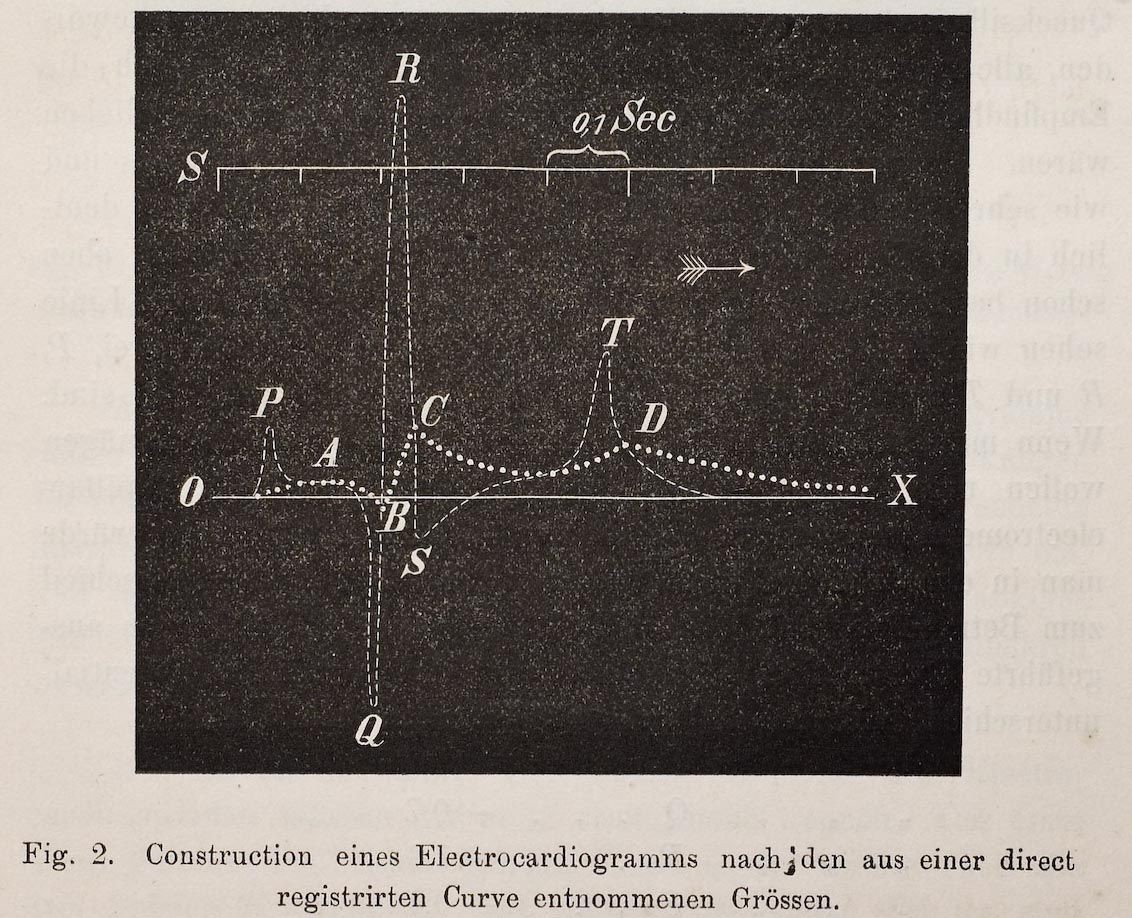
Willem Einthoven, Medicine Nobelist, 1924. The first Electrocardiogram ever recorded using Willem Einthoven’s string galvanometer,1901.
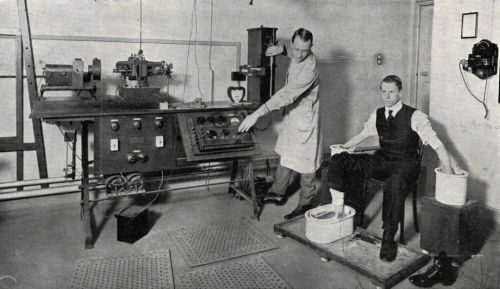
Willem Einthoven, Medicine Nobelist, 1924. Willem Einthoven is seen testing the string galvanometer he developed in the 1900’s on a patient with the patient’s one foot and hands are immersed in saline to improve electrical conductivity, picture taken in a hospital in London, 1916.

Willem Einthoven, Medicine Nobelist, 1924. An early commercial ECG machine, built in 1911 by the Cambridge Scientific Instrument Company. Willem Einthoven’s standards of measurement were used to asses these human electrocardiograms which helped in the development of electrocardiographs in Great Britain, 1950.

Rabindranath Tagore, Literature Nobelist 1913. With Helen Keller age about 49 yrs in 1930. Photo: Mr. Nilesh Nathwani. Source: Anurag Banerjee, Founder, Overman Foundation.
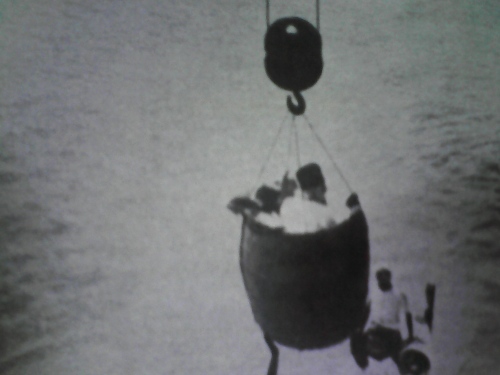
Rabindranath Tagore, Literature Nobelist 1913. Tagore descending from the ship on his way to meet Sri Aurobindo. Pondicherry, India, 1928. Source: Anurag Banerjee, Founder, Overman Foundation.
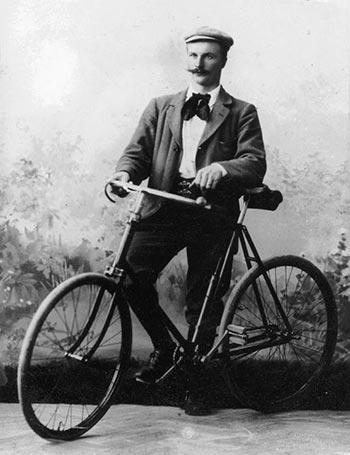
Gustaf Dalén Physics Nobelist 1912 and his bicycle in a studio photo from 1895. The bike was at the time Gustaf Dalén's favourite object, and he saw a great potential for its technical development and improvement, for example the brake mechanics. Source: AGA AB, Lidingö, history archive. Photographer: unknown. Public domain via Wikimedia Commons.
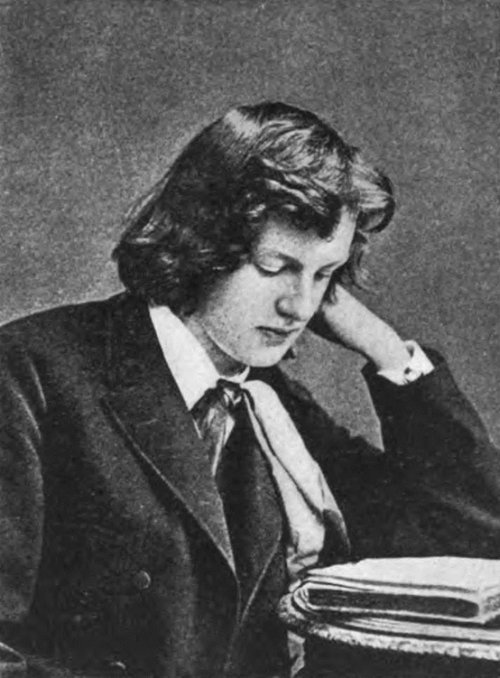
Gerhart Hauptmann Literature Nobelist 1912 at the age of seventeen. Source: The Lamp and Wikipedia

Gerhart Hauptmann Literature Nobelist 1912 as a Sculptor. His Atelier in Rome. Source: The Lamp and Wikipedia
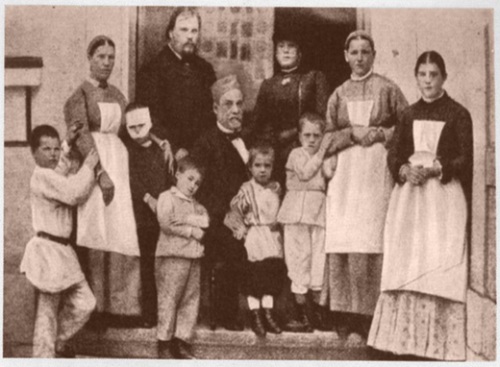
Ilya Mechnikov (standing) Physiology or Medicine Nobelist 1908, disciple of Louis Pasteur (seated), with children who were cured of rabies. Source: KRUIF, Paul de. Mikrobenjäger. Orell Füssli, Zürich, 1927/Wikimedia Commons.
"…the peace that is found in libraries and laboratories…" Louis Pasteur.

The 1927 Solvay Conference on quantum mechanics in Brussels, Belgium.
Front row from left to right:
- Irving Langmuir, Chemistry Nobelist 1932.
- Max Planck, Physics Nobelist 1918.
- Marie Sklodowska Curie, Physics co-Nobelist 1903 & Chemistry Nobelist 1911.
- Hendrik Lorentz, Physics Nobelist 1902.
- Albert Einstein, Physics Nobelist 1921.
- Paul Langevin, student of Pierre Curie Physics co-Nobelist 1903 & advisor of Louis de Broglie, Physics Nobelist 1929
- Charles Eugène Guye; his student was Albert Einstein, Physics Nobelist 1921.
- Charles Thomson Rees Wilson, Physics co-Nobelist 1927.
- Owen Willans Richardson, Physics Nobelist 1928.
Middle row from left to right:
- Peter Debye, Chemistry Nobelist 1936.
- Martin Knudsen, Physics Nobel nominee by 13 persons between 1914 and 1937.
- William Lawrence Bragg, Physics co-Nobelist 1915.
- Hendrik Anthony Kramers; he was the academic advisor of Tjalling Koopmans, Economics Nobelist 1975.
- Paul Dirac, Physics co-Nobelist 1933.
- Arthur Compton, Physics co-Nobelist 1927.
- Louis de Broglie, Physics Nobelist 1929.
- Max Born, Physics Nobelist 1954.
- Niels Bohr, Physics Nobelist 1922.
Back row from left to right:
- Auguste Piccard, Physics Nobel nominee in 1932 and 1933.
- Émile Henriot, student of Sklodowska Curie, Physics co-Nobelist 1903 & Chemistry Nobelist 1911.
- Paul Ehrenfest; his students were Jan Tinbergen, Economics Nobelist, 1929 & Enrico Fermi, Physics Nobelist 1938.
- Édouard Herzen, collaborated with Hendrik Lorentz, Physics Nobelist 1902, on a publication entitled The Reports of Energy and Mass After Ernest Solvay and wrote a book on the theories of Albert Einstein, Physics Nobelist 1921, called La Relativité d'Einstein.
- Théophile de Donder, an associate and friend of Albert Einstein, Physics Nobelist 1921, he published multiple books based on Einstein’s theories.
- Erwin Schrödinger, Physics co-Nobelist 1933.
- Jules-Émile Verschaffelt, he worked in the laboratory of Kamerlingh Onnes, Physics Nobelist 1913.
- Wolfgang Pauli, Physics Nobelist 1945.
- Werner Heisenberg, Physics Nobelist 1932.
- Ralph Howard Fowler, Advisor to Subrahmanyan Chandrasekhar, Physics co-Nobelist 1983; Paul Dirac, Physics co-Nobelist 1933 & Nevill Francis Mott, Physics co-Nobelist 1977.
- Léon Brillouin, Physics Nobel nominee for 6 years between 1955 and 1969.
Author: Benjamin Couprie. Source: Wikimedia Commons.

A glass beaker belonging to Skłodowska-Curie that contained the first solution of radium salts. It is discolored due to the effects of radiation. Her papers and belongings are still dangerously radioactive today. Author: Wellcome Collection Gallery. Source: Wikimedia Commons.

Skłodowska-Curie gave a tour of the United States in 1921 to raise funds for research. President William Harding presented her with 1 gram of radium collected in the United States on May 20, 1921. From left to right: Marie Mattingly Meloney, Florence Harding, Marie Skłodowska-Curie, Warren G. Harding, Irène Joliot-Curie and Elise Richards Jusserand. Author: Evening Star. Source: Wikimedia Commons. Sorry, identity of two women in front row and those in the back row are missing.

Skłodowska-Curie (fourth from left) instructing nurses circa 1915. Though she wasn’t able to conduct much scientific research during the war, she did discover a way to sterilize tissue using radon, a gas given off by radium, in 1915. Source: Wikimedia Commons.

At the start of World War I, Skłodowska-Curie set out to develop radiology centers and mobile radiology units to assist battlefield surgeons operating on wounded soldiers. Within the first year of the war, she had directed the installation of 20 X-ray vehicles and 200 radiological units in field hospitals. She also set up France’s first military radiology center in 1914. Above, Skłodowska-Curie is pictured driving one the mobile X-ray vehicles, circa 1915. Source: Wikimedia Commons.
Discover Your Abilities and Aspirations!
 $10 $25 $50 $100 Other
$10 $25 $50 $100 Other
Tax Exempt 501(c)3 Non-Profit Organization
Any Currency
“…the peace that is found in libraries and laboratories…” - Louis Pasteur
Copyright © 2023 Ganga Library Inc. All Rights reserved.;
